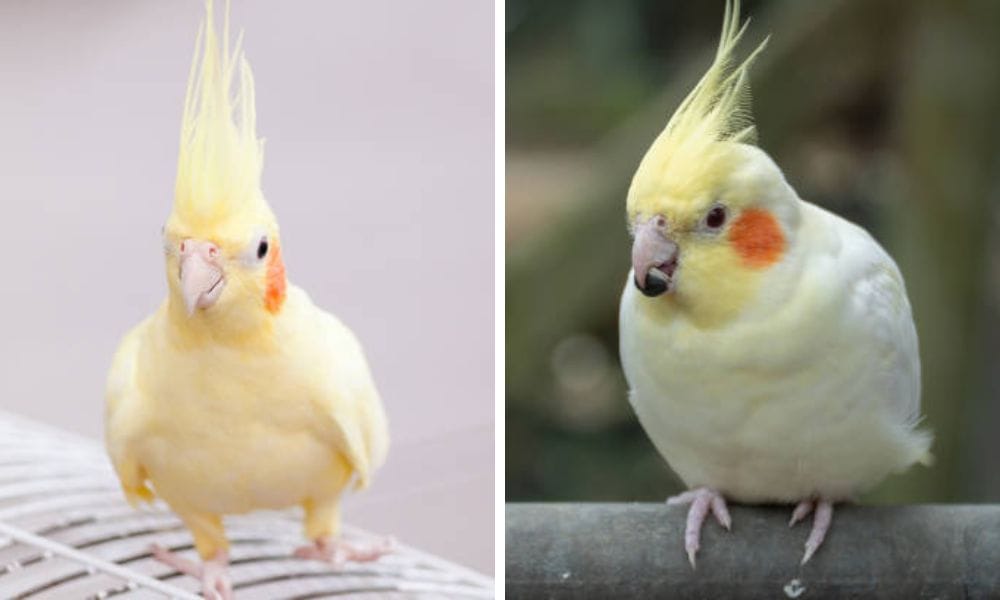How to Care for Your Baby Yellow Cockatiel: Essential Tips and Advice
Discover essential tips for your baby Yellow Cockatiel's care, from feeding schedules to cage hygiene. Ensure a healthy, happy feathered companion!
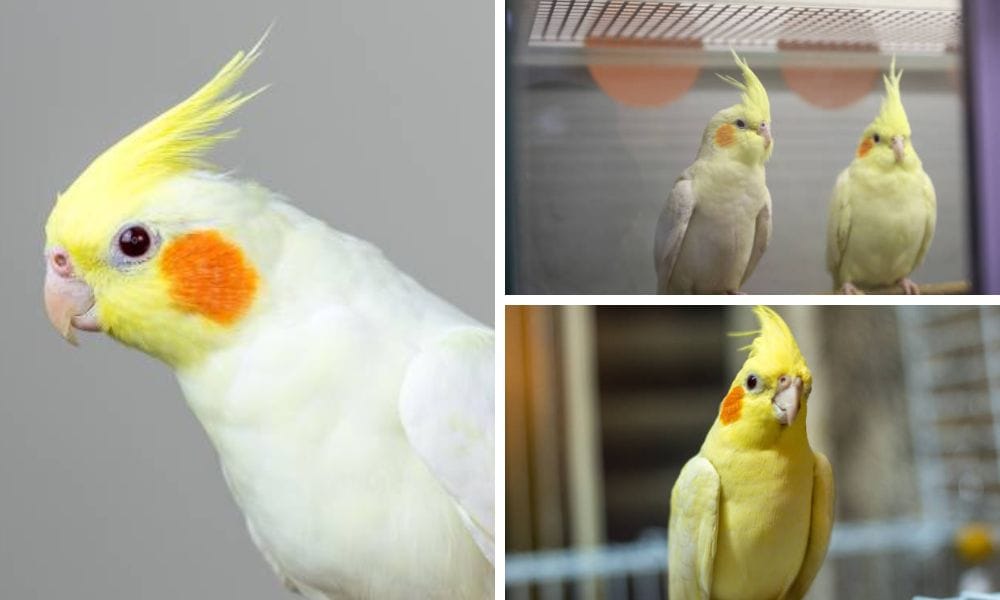
Caring for a baby yellow cockatiel can be a delightful experience. These vibrant birds, known for their bright yellow feathers and cheerful personalities, make beautiful pet birds. Whether you're a seasoned bird owner or new to the aviculture world, understanding the specific needs of your pet bird is crucial for its health and happiness.
Key Takeaways:
- Learn essential care tips for your baby yellow cockatiel, including diet, housing, and socialization.
- Understand the unique characteristics of yellow cockatiels, such as the lutino gene and their social needs.
- Discover how to maintain the health and well-being of your cockatiel through proper care and attention.
Understanding Your Baby Yellow Cockatiel
Yellow cockatiels, also known as lutino cockatiels, are a second cockatiel mutation characterized by their white to light yellow plumage and red eyes. The lutino gene removes the gray color in the normal grey cockatiel, resulting in a bird with a yellowish tint, bright orange cheek patches, and a yellow crest. Male lutino cockatiels often have a brighter yellow face, while female pearl cockatiel may exhibit a more muted coloration with traces of the cinnamon cockatiel pattern.
The Lutino Gene and Its Impact
The lutino gene is responsible for the gorgeous lutino cockatiel's striking appearance. This mutation affects the melanin production, leading to the absence of dark pigments in the feathers. As a result, the lutino cockatiel is one of the most sought-after color mutations in the cockatoo family. It's important to note that the lutino gene can also be combined with other mutations, such as the pied mutation or the pearl pied, creating variations like the lutino pied or lutino pearl with prominent white flashes or patterns.
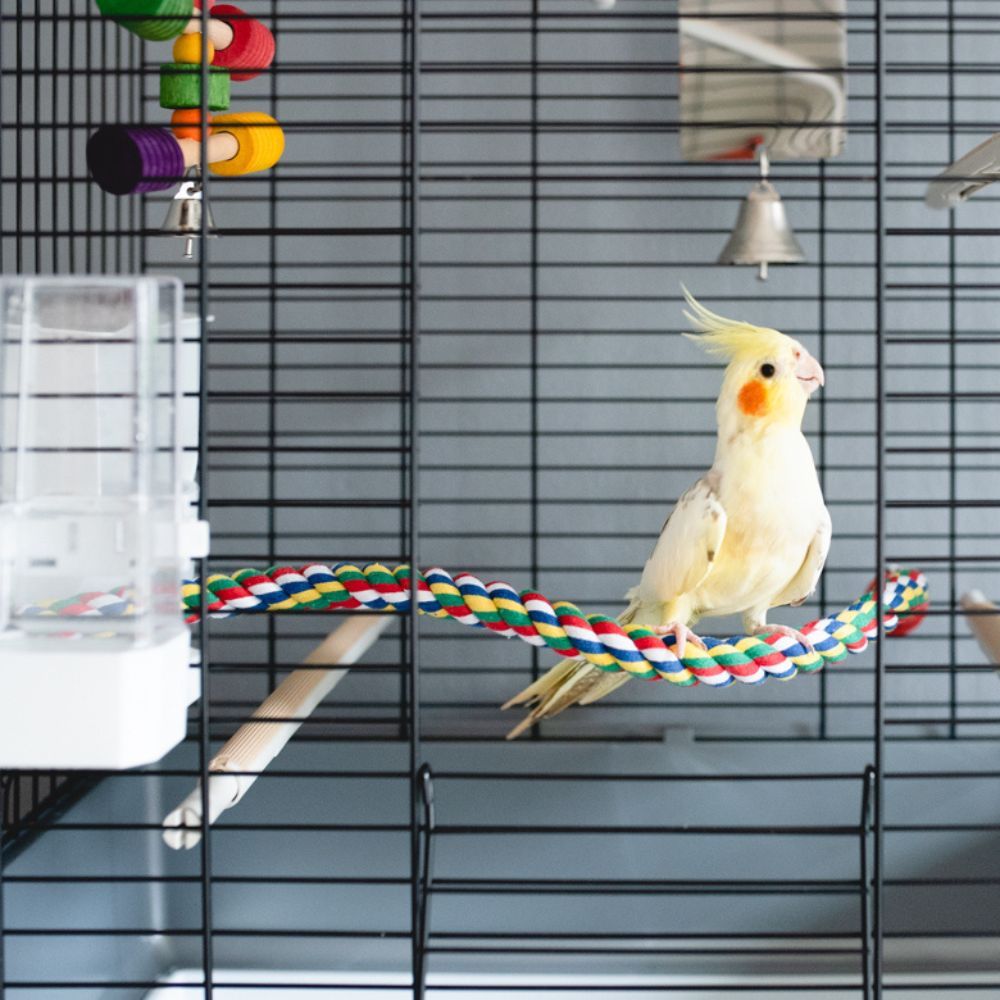
Setting Up the Perfect Home
When it comes to housing your baby cockatiel, the bird cage is of utmost importance. A spacious cage with horizontal bars is ideal, as it allows for climbing and exercise. Ensure the cage is equipped with perches of varying diameters to promote foot health. The location of the cage should be in a well-lit area, away from drafts and direct sunlight. Adding a nest box can provide a sense of security for your cockatiel, especially if it's still adapting to its new environment.
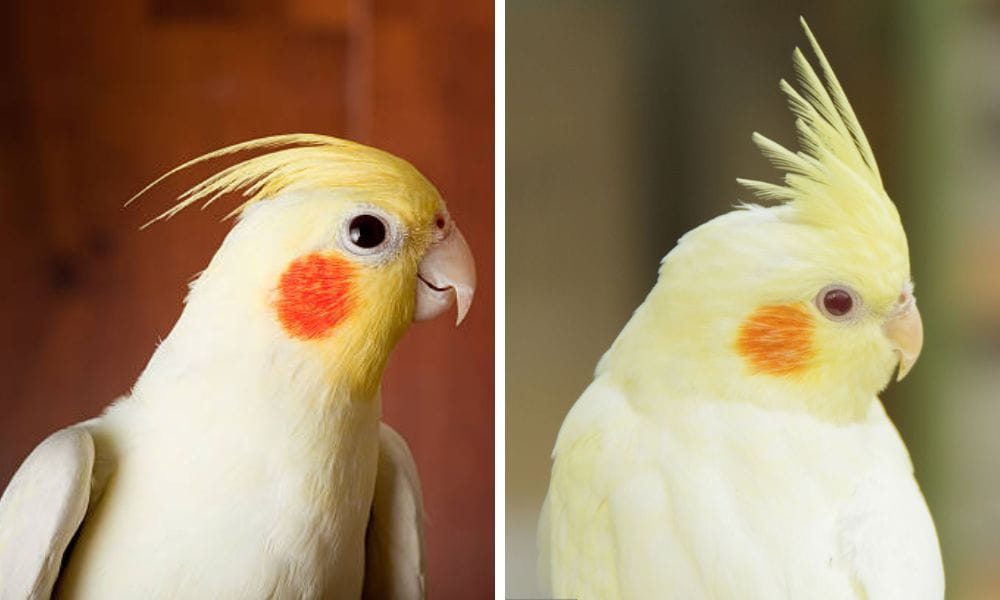
The Right Diet for Vibrant Feathers
A balanced diet is key to maintaining the bright yellow feathers and overall health of your cockatiel. A mix of high-quality seeds, pellets, and fresh fruits and vegetables should be provided daily. Cuttlebone or mineral blocks are essential for calcium intake and beak maintenance. Remember to provide fresh water daily and clean the food and water dishes regularly to prevent bacterial growth.
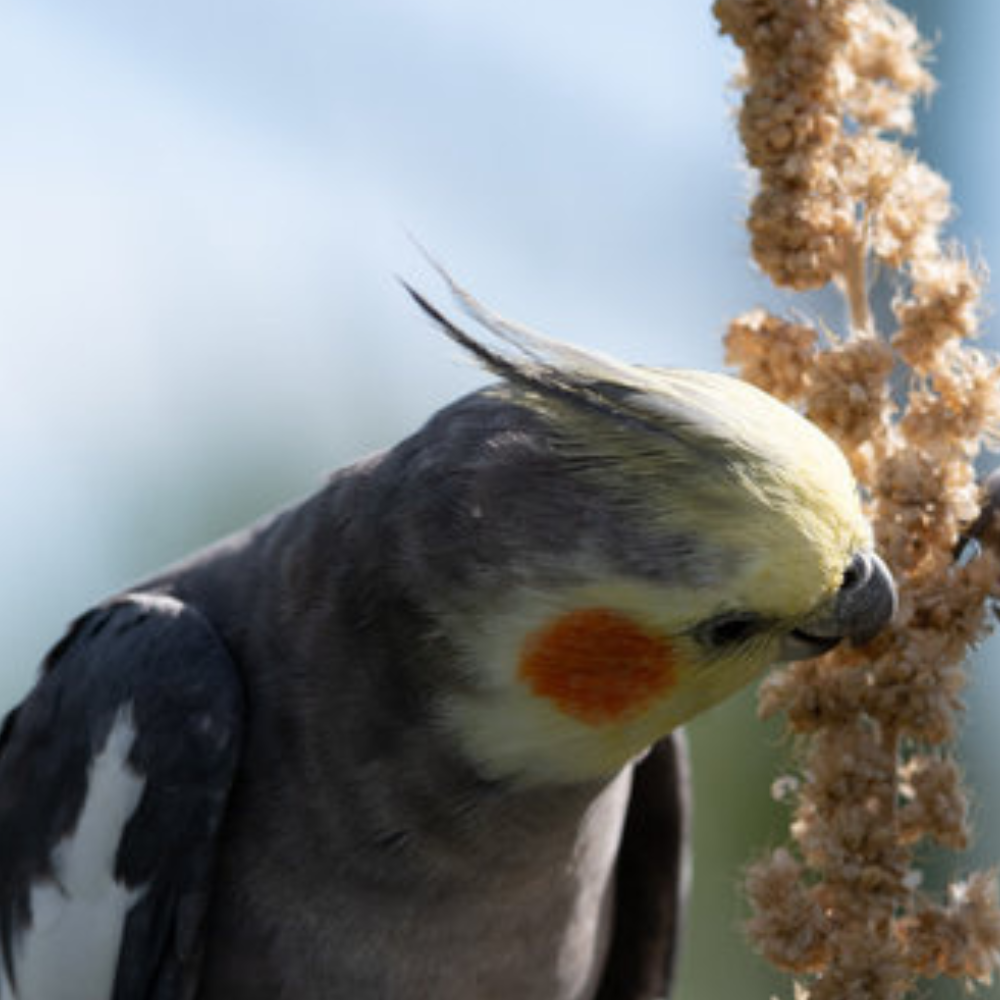
Socialization and Bonding
Cockatiels are social creatures, and your baby yellow cockatiel will thrive with regular interaction. Spend time each day talking to your cockatiel and offering gentle pets and scratches. Introducing a second cockatiel mutation, such as a male and female cockatiels pair, can provide companionship, but be mindful of their compatibility and the potential for breeding.
Health and Wellness Checks
Regular health checks are crucial for your cockatiel. Pay attention to signs of illness, such as changes in droppings, feather plucking, or lethargy. A vet experienced with pet birds should be consulted for annual check-ups or if any health concerns arise. Keep an eye on the tail feathers and wings for any damage or irregularities, as these can indicate health issues or stress.
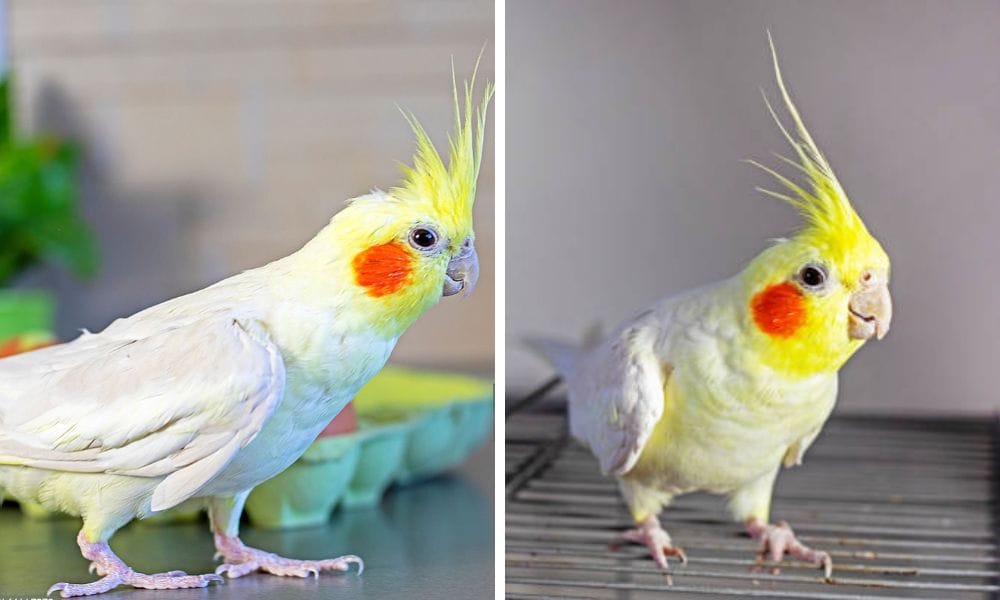
Training and Mental Stimulation
Training your cockatiel can be a fun way to interact and provide mental stimulation. Simple commands and tricks, like stepping up onto your finger or mimicking sounds, can be taught with patience and positive reinforcement. Toys and puzzles designed for pet birds can also keep your cockatiel engaged and prevent boredom.

Decoding the Colors: Understanding Cockatiel Variations
Cockatiels, scientifically known as Nymphicus hollandicus, are a beloved member of the parrot family, known for their charming personalities and distinctive appearance. The wild type of these birds is primarily grey with a light yellow body and a yellow head, but selective breeding has led to a variety of colors. The orange cheek patch is a signature feature, often more vibrant in males than females. This patch, along with the facial feathers covering the sides of the head, can vary in intensity and size, contributing to the unique look of each bird.
The albino and lutino variations, where the bird exhibits white plumage or a light grey color respectively, are particularly striking. These mutations can affect the entire cockatiel's plumage, creating a beautiful pet bird that stands out from other parrots. The males of these breeds may retain the classic orange cheeks, while the females often have a more subdued hue. The long tails and outer edges of the wings may also show subtle color variations, adding to the complexity and beauty of these feathered friends.
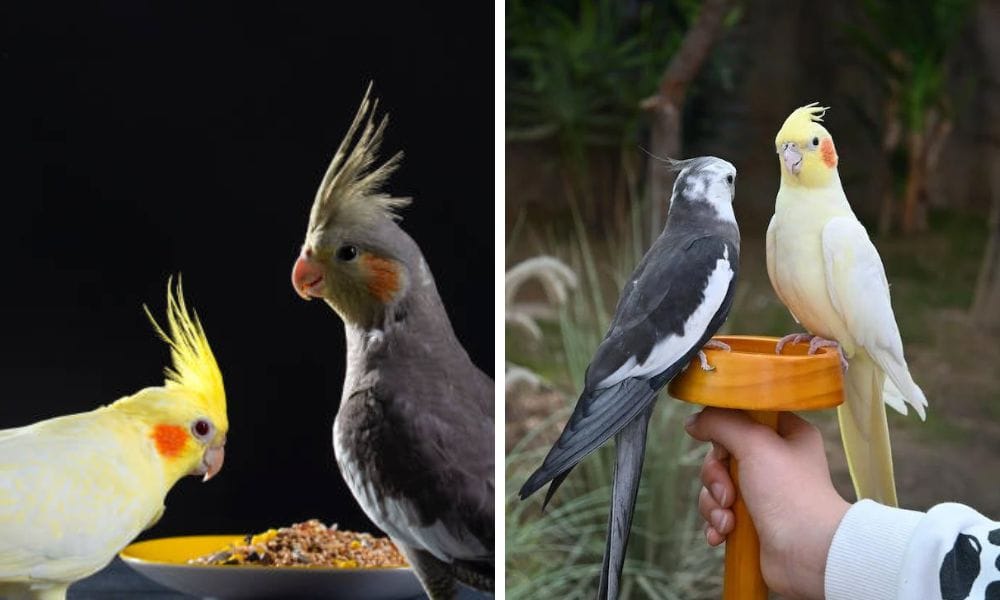
The Legacy of Cliff Barringer and the Florida Parrot Jungle
Cliff Barringer, a pioneer in the avian community, significantly contributed to the popularity of cockatiels as pets. His work at the Florida Parrot Jungle, an animal world attraction, helped introduce these birds to a wider audience. Barringer's dedication to breeding and raising cockatiels allowed many to witness the intelligence and sociability of these birds, which often rival that of other birds in the parrot family. The Florida Parrot Jungle became a hub for bird enthusiasts to learn and appreciate the diversity within the species.
Barringer's influence extended beyond the borders of the Florida Parrot Jungle, inspiring many to take up the hobby of breeding cockatiels. His efforts led to a better understanding of the breed's needs and behaviors, which in turn has improved the care provided by cockatiel owners worldwide. The legacy of Barringer's work is evident in the thriving community of cockatiel breeders and the continued fascination with these birds. Whether it's their ability to talk cockatiels into mimicking human speech or their playful antics, the impact of Barringer's work on the cockatiel's popularity is undeniable.
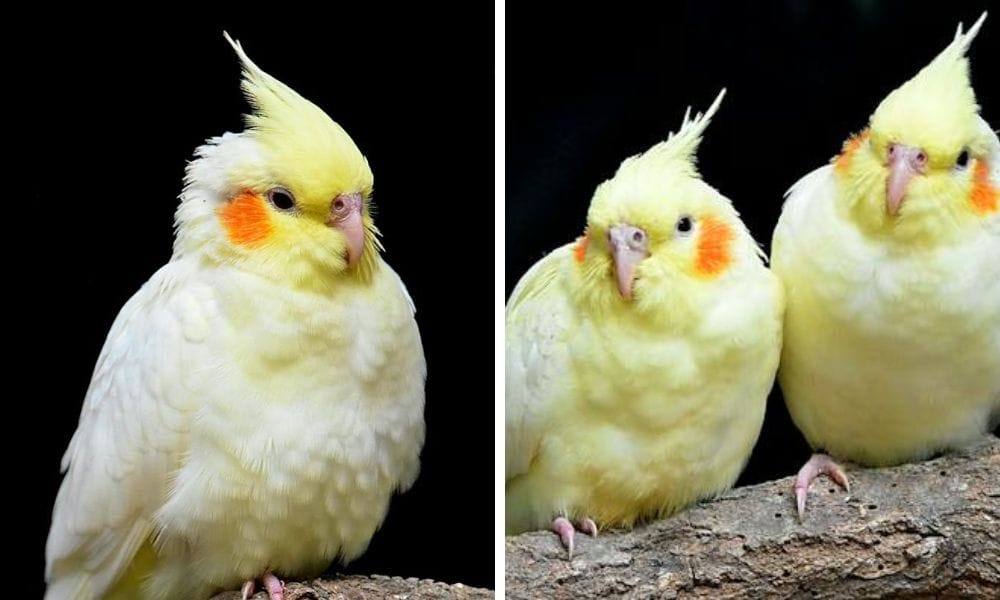
Molting and Feather Care
Molting is a natural process where your cockatiel will shed old feathers and grow new ones. During this time, your bird may appear scruffy, and you might notice an increase in feather dust. Providing a shallow dish of water for bathing can help your cockatiel keep its feathers clean. Additionally, a humidifier can assist in keeping the skin and feathers in good condition.
The Importance of Flight
Flight is an essential aspect of a cockatiel's life. If possible, create a safe, enclosed space where your cockatiel can fly freely. This exercise is beneficial for their physical health and mental well-being. Ensure that windows and doors are closed, and hazards like ceiling fans are turned off during flight time. If you want to take your cockatiel outside you can use cockatiel harness.
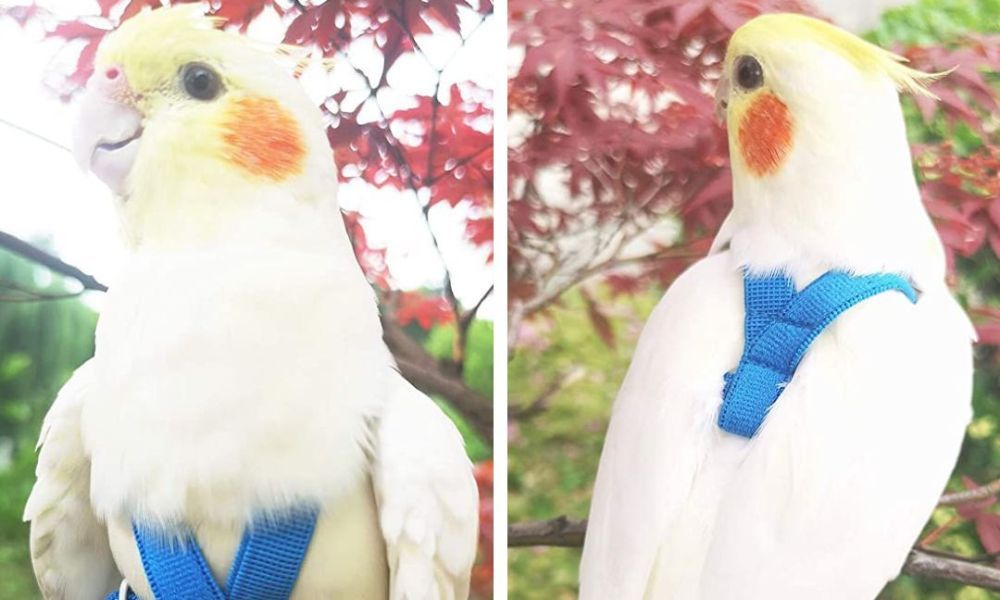
Handling and Grooming
Gentle handling from an early age can help your cockatiel become comfortable with human touch. Regular grooming, including nail trimming and wing clipping, should be done with care. If you're unsure about how to perform these tasks, seek guidance from a professional or your avian vet.
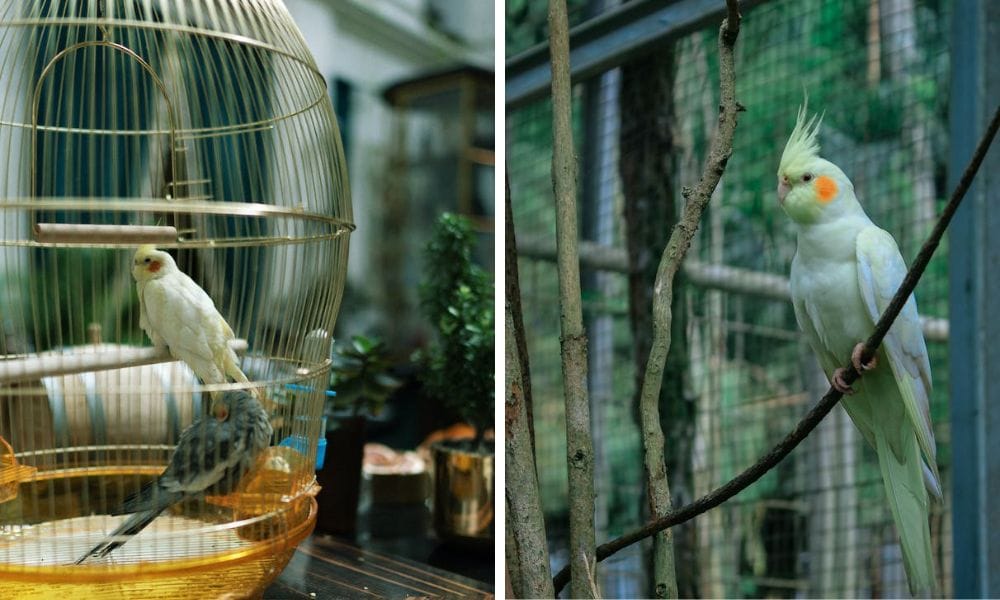
The Role of Sleep
Cockatiels need about 12-14 hours of sleep each night. A quiet, darkened room or a cage cover can help signal bedtime. Consistent sleep patterns contribute to your cockatiel's overall health and can prevent stress and behavioral issues.
Recognizing and Responding to Behavioral Cues
Understanding your cockatiel's body language and vocalizations can help you respond to its needs. A happy cockatiel may sing, chirp, and display its bright orange cheek patches, while a stressed bird may hiss or retreat. Observing these cues can help you create a comfortable environment for your feathered friend.
Preventing and Addressing Behavioral Issues
Behavioral issues like biting or screaming can arise if a cockatiel's needs are not met. Ensuring your bird has enough social interaction, mental stimulation, and a proper diet can prevent many of these problems. If issues persist, consult with an avian behaviorist for tailored advice.
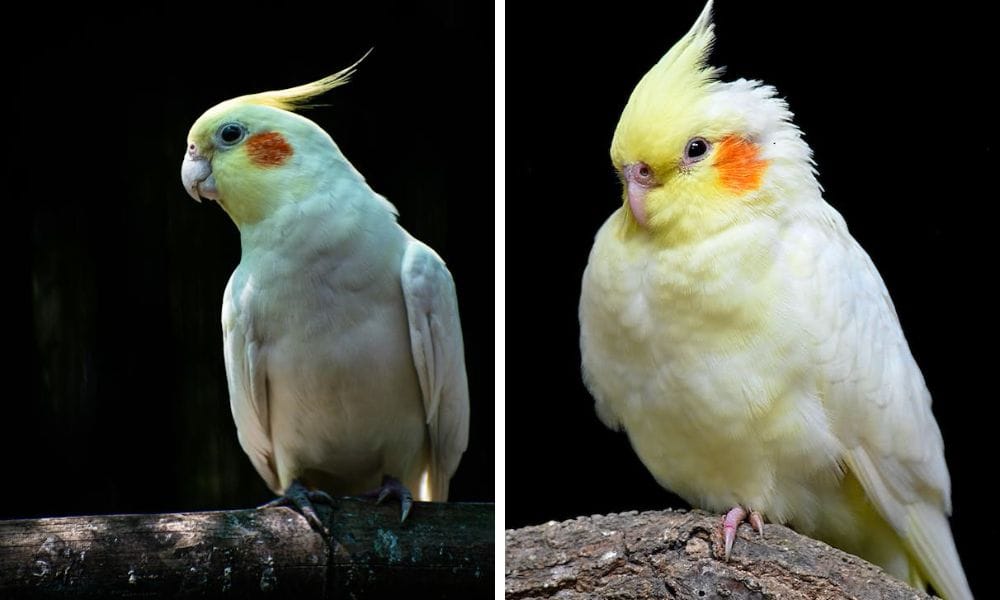
The Joy of Talking Cockatiels
While not all cockatiels will talk, many can learn to mimic sounds and words with consistent training. Encourage your cockatiel by repeating phrases and offering treats as rewards for attempts at speech. Remember that each bird is unique, and patience is key.
Summary
Caring for a baby yellow cockatiel involves understanding its unique needs, from the right diet and housing to socialization and health care. By providing a loving and attentive environment, you can ensure your cockatiel grows into a happy and healthy companion. Regular interaction, proper nutrition, and a safe space to fly are all essential components of excellent cockatiel care. With these tips and advice, you're well on your way to becoming a knowledgeable and responsible cockatiel owner.
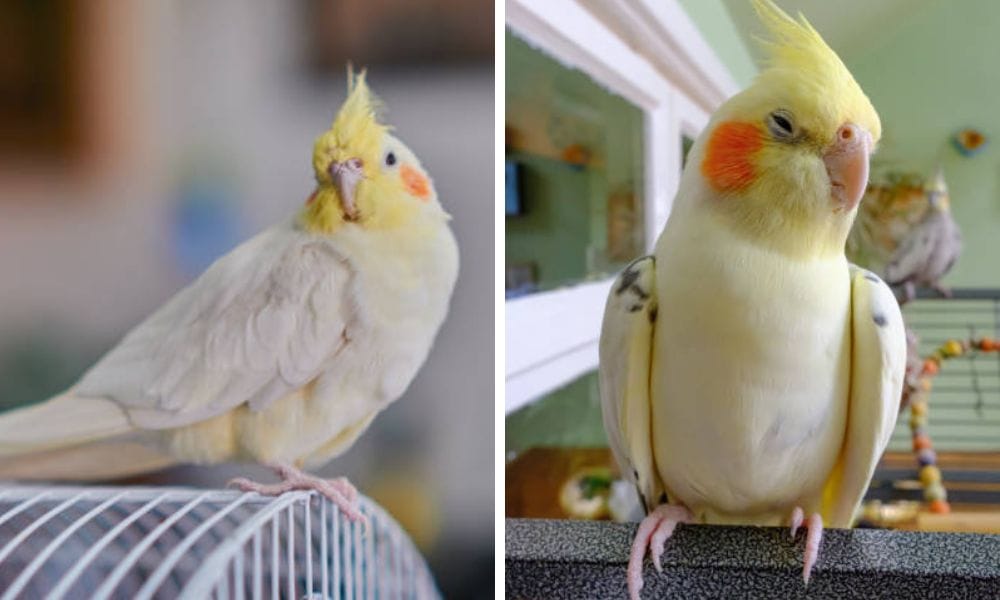
FAQ Section
Q: How can I tell if my yellow cockatiel is male or female? A: Male lutino cockatiels typically have brighter yellow faces and lack the barring patterns on the underside of their tail feathers that females have. However, sexing lutino cockatiels can be challenging, and DNA testing or observing breeding behavior may be necessary for accurate identification.
Q: Do yellow cockatiels require a special diet to maintain their color? A: While yellow cockatiels do not require a special diet for color maintenance, a balanced diet rich in nutrients is essential for their overall health and the vibrancy of their feathers. This includes a mix of seeds, pellets, and fresh fruits and vegetables.
Q: Can yellow cockatiels be taught to talk? A: Yes, some yellow cockatiels can be taught to talk or mimic sounds. This requires patience and consistent training. Not all cockatiels will talk, but they can still learn to whistle and make other sounds to communicate.
